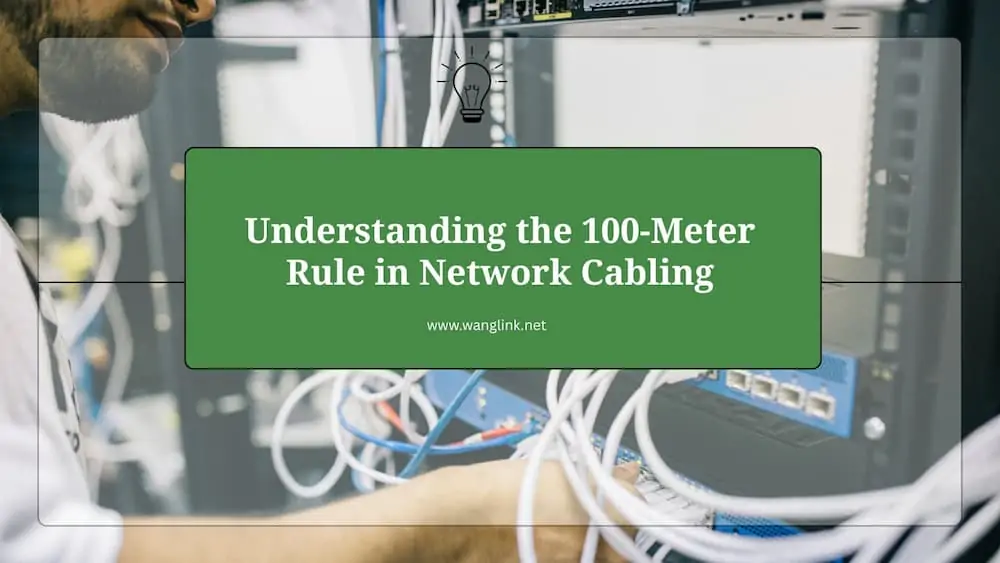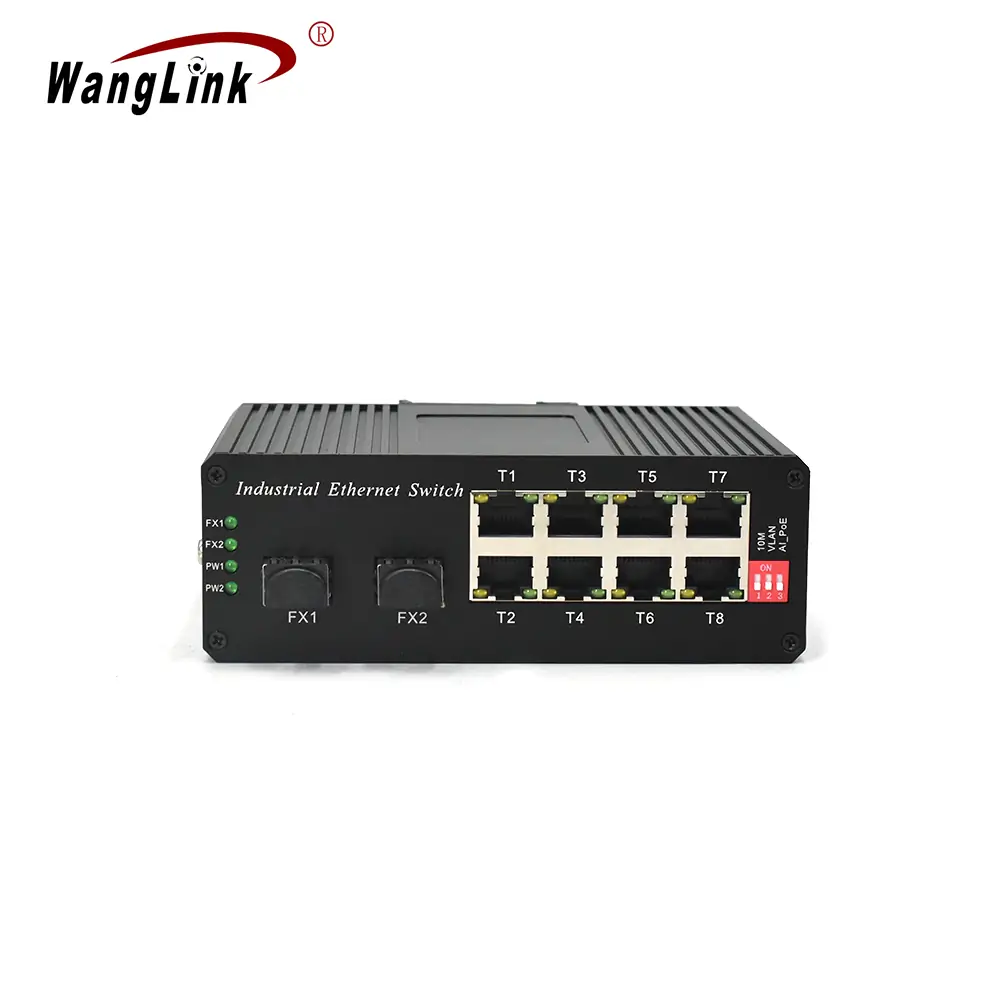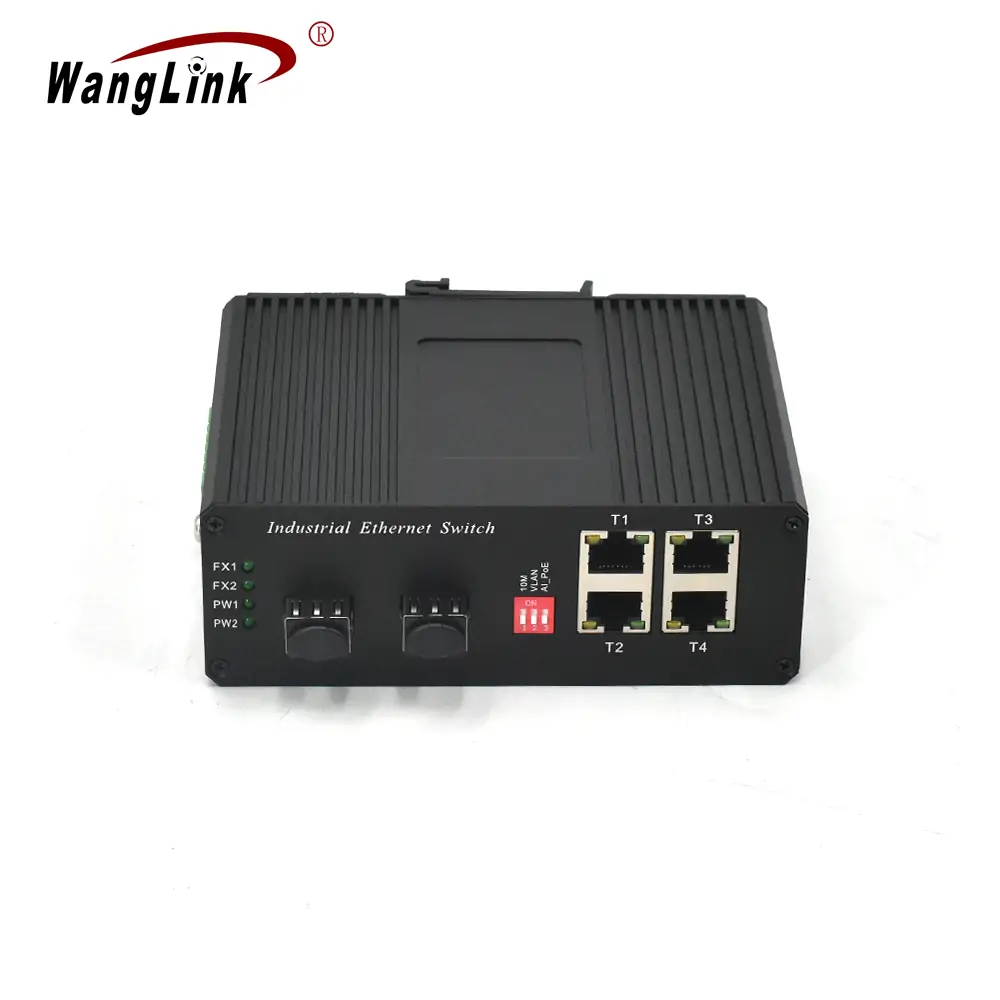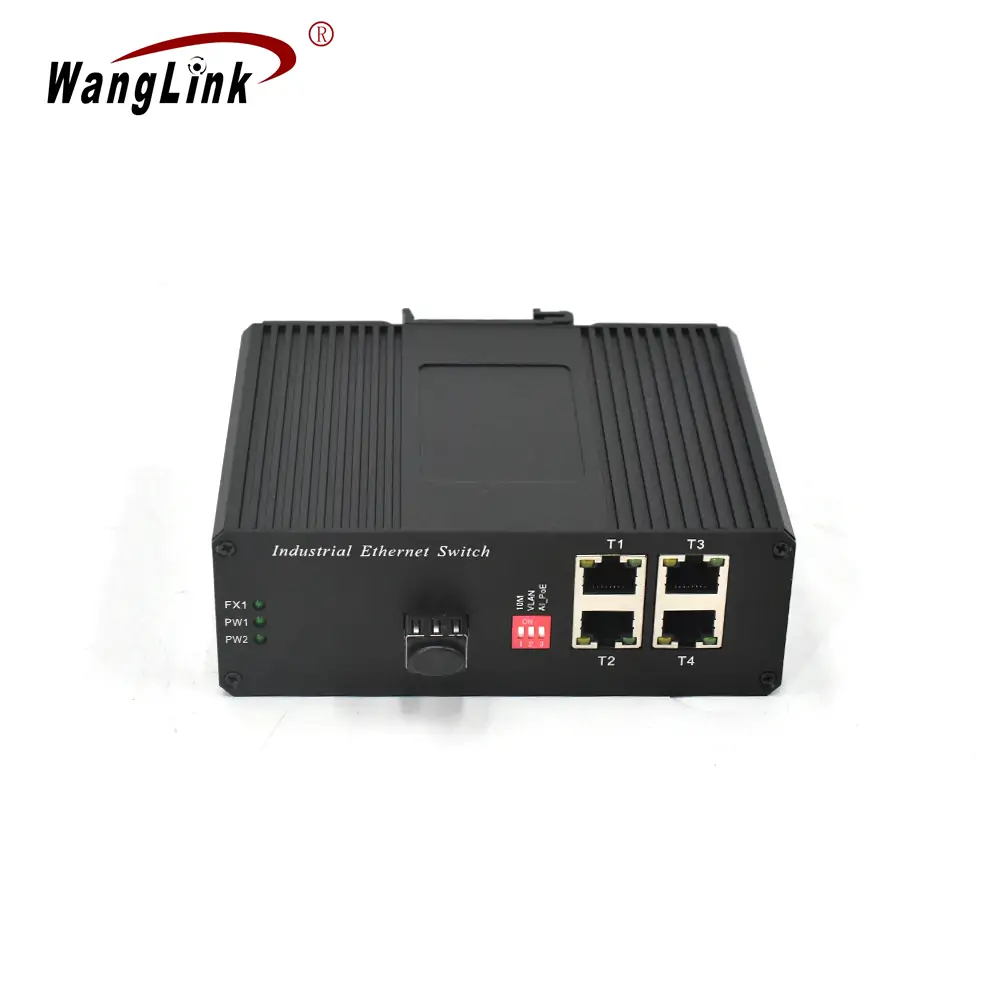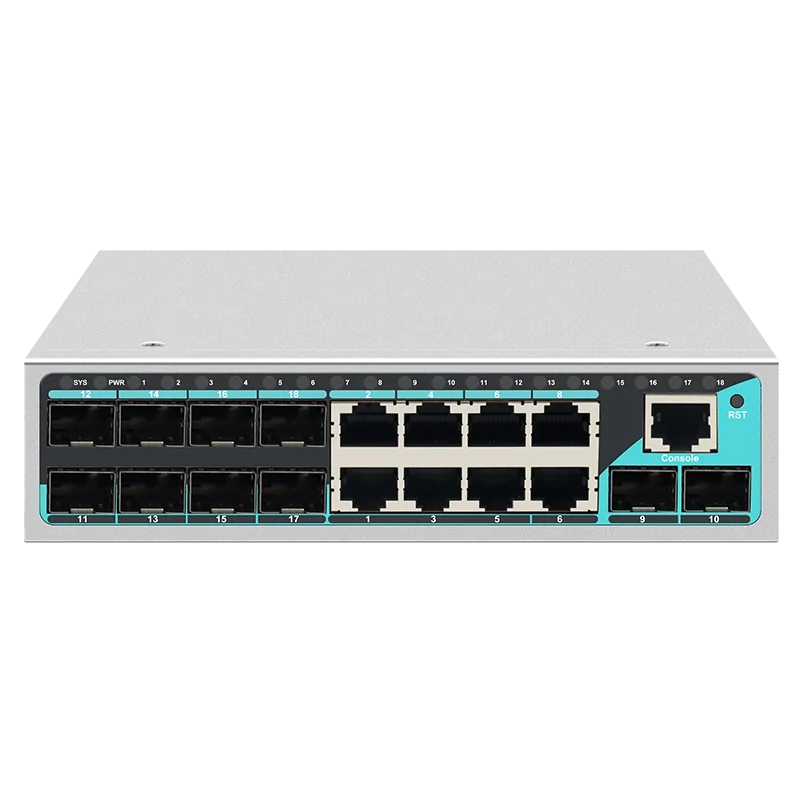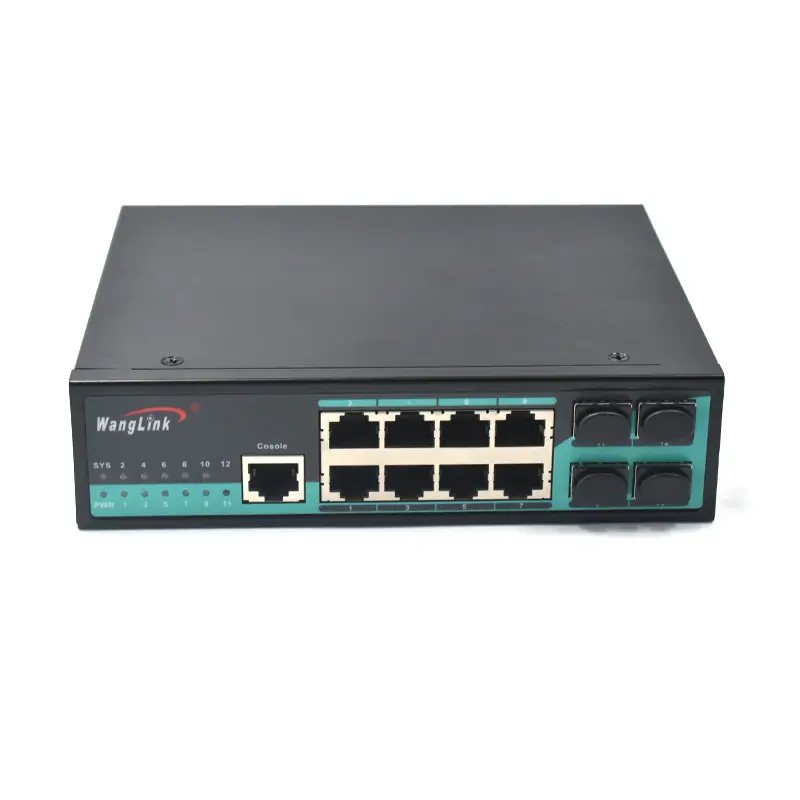The “100-Meter Rule” is a fundamental guideline in networking, particularly for twisted pair cables like Category 5e (Cat5e) and Category 6 (Cat6). This rule states that the effective transmission distance for most standard cables should not exceed 100 meters. But why exactly is this limit set at 100 meters? This article delves into the rationale behind this rule, exploring the interplay of physical principles, technical standards, and practical needs.

1. Signal Attenuation and Transmission Quality
Signal Loss in Cables
As electrical signals travel through copper wire, resistance causes energy loss, leading to signal attenuation. For instance:
- Cat5e: Signal attenuation is approximately 20 dB at 100 meters, meeting the receiver sensitivity defined by the IEEE 802.3 standard.
- Cat6: Slightly higher attenuation at around 22 dB, which can often be compensated through equalization techniques.
Once the transmission exceeds 100 meters, signal degradation surpasses the recovery capability of networking equipment like network interface cards (NICs) and switches, resulting in data loss or reduced transmission rates.
2. Limitations in Interference Resistance
Crosstalk and External Noise
Crosstalk, or interference between neighboring wire pairs, accumulates with increased distance. While Cat6 cables employ improved isolation techniques to reduce crosstalk, exceeding 100 meters can still lead to significant failures. Additionally, longer cables are more susceptible to external electromagnetic interference (EMI), causing further signal degradation.
3. Technical Standards and Protocols
IEEE 802.3 Compliance
The Ethernet standard, IEEE 802.3, explicitly defines a maximum transmission length of 100 meters based on various performance tests:
- Signal Integrity: Within this range, electrical signals maintain a sufficient signal-to-noise ratio (SNR) to ensure a bit error rate (BER) below 1×10⁻⁸.
- Delay Constraints: The propagation delay must be kept within acceptable limits, with Cat6 having a maximum delay of 55.2 microseconds per 100 meters.
4. Cost-Effectiveness and Practicality
Balancing Materials and Techniques
While using thicker copper wire or lower-resistance materials could extend transmission distances, these options increase cable costs and bulk. Shielded cables (e.g., STP) offer better interference resistance but at higher prices and installation complexities. Most enterprises and homes typically operate within a 100-meter coverage area, making this limit practical.
5. Historical Context and Technical Evolution
Early Ethernet Limitations
Originally, early Ethernet technologies allowed only shorter cable lengths due to the limitations of the electronic components available in the 1980s, where coaxial cables had a maximum length of 500 meters (10BASE5). Despite advances in twisted pair cable technology, the 100-meter limit has remained to ensure device compatibility and facilitate large-scale deployments.
Exceptions and Solutions
For high-speed short-distance transmission, cables like Cat6A or Cat7 can support 10 Gbps within 100 meters. For longer distances, solutions like fiber optics (with single-mode fiber reaching kilometers), repeaters for signal amplification, or network extenders provide effective alternatives. In specific scenarios, such as sports venues or warehouses, passive PoE repeaters can extend both power and signal transmission.
Conclusion
The “100-Meter Rule” is not arbitrary but is a well-considered guideline that balances the physical properties of signals, technical specifications, and economic factors. This rule ensures stability and efficiency for standard networking needs, while longer-distance requirements can be addressed with alternative technologies. Understanding these limitations is crucial for optimizing network design and performance in various environments.
